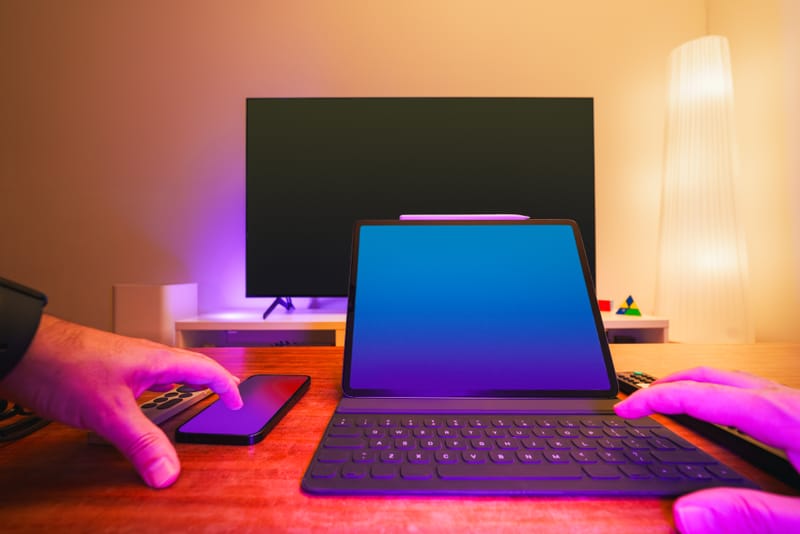Creating a website can be a daunting task for beginners, but with the right guidance, anyone can create a visually appealing and functional site. Below are ten essential website design tips that will help beginners on their journey to becoming proficient in website creation.
- Keep Your Design Simple
Simplicity is key in web design. A cluttered website can be overwhelming for visitors and may cause them to leave your site. Focus on using clean lines, a coherent color palette, and a layout that is easy to navigate. Limit the number of colors, fonts, and animations to maintain a professional appearance. Simple designs are not only visually appealing but also improve the usability of your site.
- Be Consistent
Consistency in design elements such as color scheme, font styles, and layout across all pages of your website is crucial. It creates a cohesive experience for users and reinforces your brand identity. This consistency makes navigating your website more intuitive because users will quickly learn where menu items are, and what certain colors and fonts signify within the context of your website.
- Optimize Your Site for Mobile
With more users than ever browsing the internet on mobile devices, it's essential to design your website with mobile-friendliness in mind. This includes making sure your site is responsive, meaning it adjusts to fit the screen size of any device, from desktops to smartphones. Font sizes should be readable, and buttons large enough to be clicked on smaller screens. Mobile optimization improves user experience and can also affect your site’s SEO rankings.
- Focus on Speed and Loading Time
Website speed is vital. Users have low patience for slow-loading websites, and delays can lead to increased bounce rates. Optimize images and videos to ensure they’re not unnecessarily slowing down your page load times. Employ caching and compress files where possible. Tools like Google PageSpeed Insights can help you analyze and improve your website’s loading time.
- Ensure Easy Navigation
Your website should be easy to navigate. A complicated navigation can be a huge barrier for users trying to find information. Include a navigation bar with clear categories which is consistent on every page. Consider a sitemap or search function for larger sites to help users pinpoint the exact content they are seeking without frustration.
- Use High-Quality Images
Images are a critical component of your website design as they attract user attention and convey essential information. Use high-quality images that align with your content to enhance your message and engage viewers. Be mindful of the image size and resolution to ensure that they are optimized for the web to maintain fast loading times.
- Choose the Right Color Scheme
Colors can influence how your brand is perceived and affect the mood of your website. Choose a color scheme that reflects your brand's personality and is appealing to your target audience. Use a primary color for your brand and additional secondary colors to create balance and visual interest. Be mindful of color psychology and how different colors can affect emotions.
- Readable and Accessible Content
The readability of your text is key. Choose fonts that are easy to read and size your text appropriately. Dark text on a light background or light text on a dark background will enhance readability. Also, ensure that your website is accessible to everyone, including people with disabilities. This includes adding text descriptions to images (alt text) and transcripts for video content.
- Include Calls to Action
Calls to action (CTAs) guide users towards what actions you want them to take, whether it’s making a purchase, signing up for a newsletter, or contacting you. A good CTA should be brief, persuasive, and noticeable. Use strong action words like "Buy Now", "Learn More" or "Contact Us Today", and make your CTAs stand out with colors that contrast with the rest of your webpage.
- Test and Receive Feedback
Testing is a crucial part of the web design process. Test your website on different devices and browsers to ensure it works seamlessly everywhere. Request feedback from users and be open to suggestions. Regular updates and adjustments based on user feedback can greatly improve the effectiveness and functionality of your site.
By following these essential tips, beginners can significantly enhance their skills in web design. Building a successful website involves learning and continuous improvement, so stay curious, experiment, and keep up-to-date with the latest web design trends and technologies.


